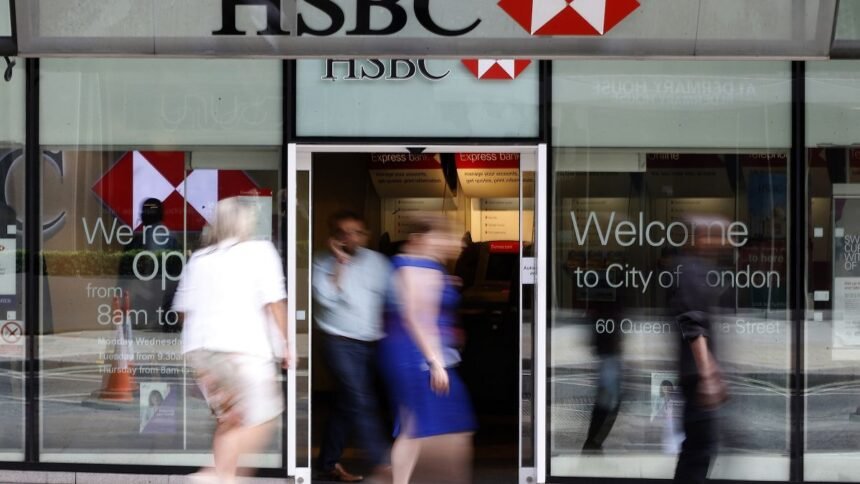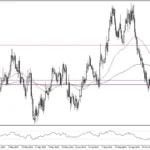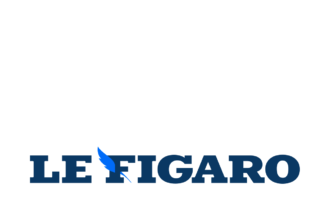HSBC reported strong third-quarter earnings, driven by robust performance in wealth and personal banking, as well as investment banking, alongside the announcement of an additional $3bn (€2.8bn) share buyback plan.
Europe’s largest bank, HSBC, announced an additional $3bn (€2.8bn) share buyback plan as it reported strong third-quarter earnings on Tuesday. Its stock climbed nearly 4% following the financial update, boosting investor sentiment.
This brings the total return to shareholders to $9bn (€8.3bn) this year, including previously completed share repurchases. The board also approved a third interim dividend of $0.10 per share.
The solid results followed a sweeping overhaul unveiled last week, which are likely to have boosted investor optimism regarding its strategic cost-cutting measures. New CEO Georges Elhedery commented: “We delivered another good quarter, which shows that our strategy is working.”
Michael Brown, Senior Research Strategist at Peperstone in London, noted that the increased share buyback is likely to be well-received, with pre-tax profits rising by nearly 10%.
However, he added: “Question marks remain over the restructuring plans outlined last week, and that will be the market’s primary focus going forward, to gauge whether HSBC can catch up with other UK banking peers which it has severely lagged behind of late.”
A Strong Quarter
The London-based bank reported a pre-tax profit of $8.5bn (€7.9bn), up 9.9% year on year. The strong quarterly results were primarily driven by growth in Wealth and Personal Banking, Foreign Exchange, and Investment Banking, as stated in the earnings report.
Overall revenue increased by 5% year on year to $17bn (€15.7bn), surpassing analysts’ expectations of $16.22bn (€15bn). This was largely due to higher customer activity in wealth products.
HSBC also highlighted that increased client activity was significantly influenced by China’s stimulus measures in September: “These measures resulted in elevated volatility at the end of Q3 2024, leading to increased client activity, particularly in Wealth, Equities, and Global Foreign Exchange in Hong Kong. We continue to monitor the impact of these measures into the fourth quarter.”
However, net interest income (NII) fell by 17% compared to the same quarter last year, due to “business disposals, higher interest expense on liabilities, and a loss on the early redemption of legacy securities”.
The decrease in NII reflected global trends, as major central banks have started easing monetary policy, while banks have raised interest rates on deposits to retain customers.
In its outlook, HSBC maintained its guidance from the June quarter, continuing to target a mid-teens return on average tangible equity (RoTE) for 2024 and 2025.
Major Division Merger Amid Cost-Cutting
Amid rising costs and reduced profits, HSBC announced a new geographic restructuring last week, merging two of its three major divisions – commercial banking and investment banking (the global banking and markets division) – as part of new CEO Georges Elhedery’s cost-cutting efforts.
The restructuring plan will also divide operations between an “Eastern Markets” branch, reuniting Asia-Pacific and the Middle East, and a “Western Markets” branch, comprising the non-ring-fenced UK bank, European markets, and North America.
Nick Saunders, CEO of Webull UK commented: “HSBC has lagged behind its UK peers, but the restructuring plans seem to make sense – focus and invest in what the bank does well and allow East and West to localise their offering. Given rising political tensions, this is vital – it’s important to allow each hemisphere its own growth strategy.”
This merger is expected to create a new super-division, projected to generate approximately $40bn (€36bn) in annual revenue, making it HSBC’s largest department.
In the third quarter, the global banking and markets division, which focuses on large corporations with an emphasis on trading and investment banking, reported a pre-tax profit of $1.8bn (€1.6bn), up 47% from a year earlier.
In the earnings report, HSBC stated: “These changes aim to sharpen focus on leadership and market share in areas where we have clear competitive advantages, creating a simpler organisation with clearer accountability and faster decision-making, while reducing the duplication of processes inherent in our current matrix structure.”
Further details will be provided at the 2024 annual results, expected on 19 February 2025.





















